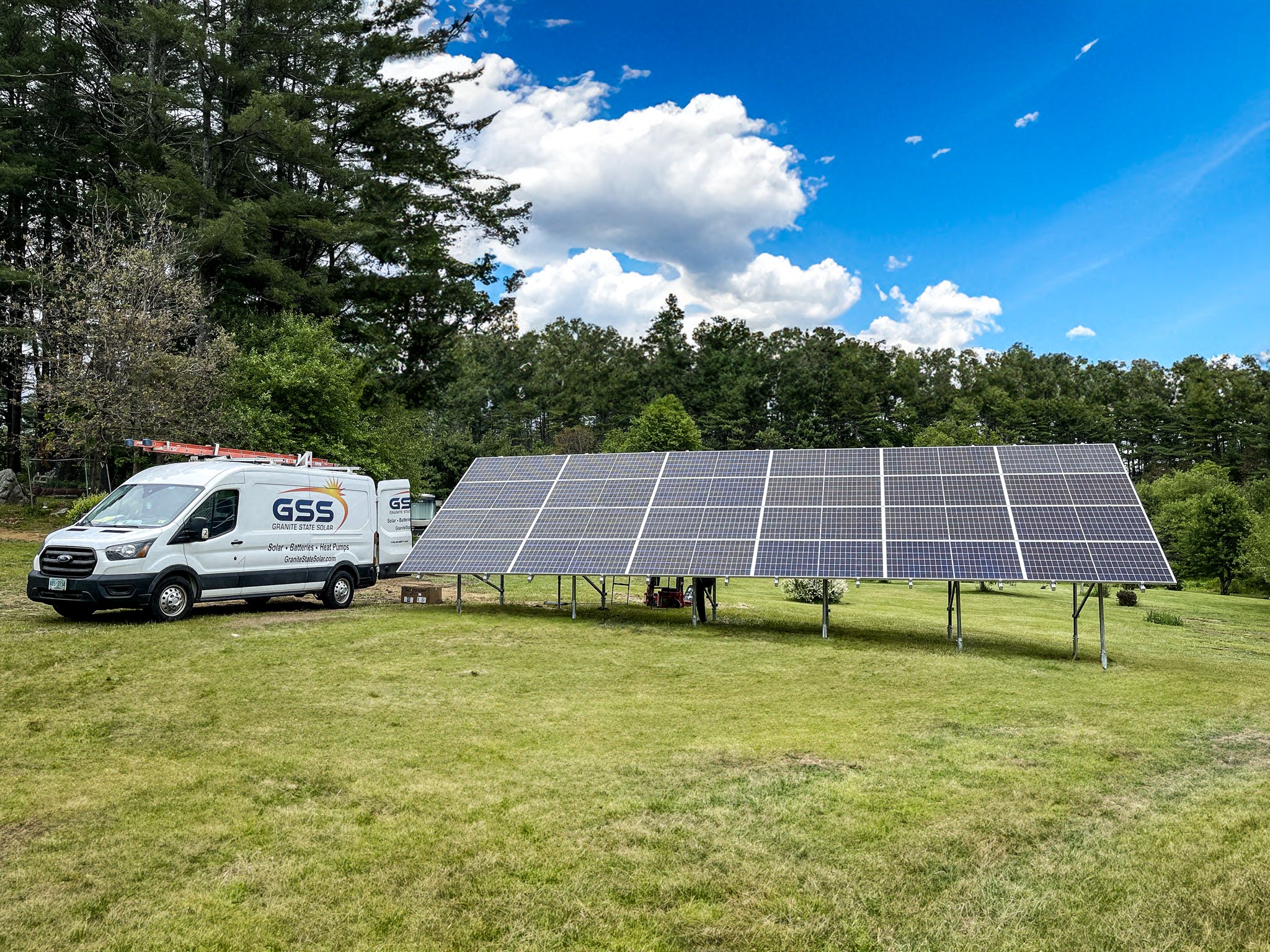The Lifecycle of a Solar Panel
Before investing in solar, many homeowners want to know about the longevity of panels. The longer panels are producing efficient electricity, the more return homeowners gain on their investment. Another concern people often have is what they will do with the panels once they’ve stopped working. Below, we explain the lifecycle of solar panels from how they're created to how they’re repurposed.
1. Raw Material Extraction and Manufacturing
The solar lifecycle begins with the extraction of raw materials. The main components of solar panels include silicon, glass, metal, and various polymers. Silicon is a particularly important element in the production of solar cells. Once the raw materials are gathered, they undergo a manufacturing process where they are transformed into solar cells and assembled into modules.
One of our main solar panel providers, Qcells, opened its Dalton, Georgia manufacturing plant back in 2019, and are working towards building a second site that should be completed by the end of 2024. These factories are creating 100% American made solar panels, which means a reduction in overall environmental impact of transporting the panels from the factory to your home or business.
2. Installation and Operation
Once manufactured, solar panels are installed. This may be on rooftops or in backyards of homes, or on designated sites for municipal, federal, or commercial solar projects. During their operational phase, solar panels harness sunlight and convert it into electricity through the photovoltaic effect. This is the phase where solar panels fulfill their primary purpose – generating clean and sustainable energy.
3. Maintenance and Upkeep
Solar panels require minimal maintenance compared to traditional energy sources. The only maintenance we recommend is regularly cleaning your panels with a gentle material to remove debris or other buildup. With proper care, solar panels can operate efficiently for decades, contributing to long-term energy production.
4. Decommissioning
After several decades of service, solar panels usually reach the end of their operational life. The type of solar panels we install, Qcells, offer a 25-year panel warranty, but they often last beyond that, albeit at a lower efficiency. Energy production decreases 0.5% annually on average—meaning your panels could still perform at 85% by the end of that 25 years. That’s compared to the starting point of 98% production performance for new panels. So, your panels may still work, just at a lower production performance rate.
When your panels do reach the end of their life, they’re safely removed from the installation site. Your installation team can remove the panels from your roof just as easily as they put them there. Once the panels are removed, they can be recycled or repurposed to minimize their impact on their environment.
5. Recycling
Materials like silicon, glass and metals can be recovered from decommissioned solar panels and reused in new ones. Reusing materials helps to conserve resources and minimize waste. The National PV Recycling Program, founded in 2016 by the Solar Energy Industries Association, is a network of recycling and providers that can repair, refurbish, resell, and recycle PV modules, inverters, and other solar equipment. To find a provider in your area, we suggest checking their list of partners.
Harnessing the power of the sun with solar panels isn't just about generating electricity. It's about embracing an approach to energy that respects the environment and your financial investment.
To find out more about how Solar might work for you, book your free in-person site visit today!

Leave a Comment